Engineering Data Management (EDM) software is a specialized tool designed to handle the vast amounts of data and documentation generated throughout the lifecycle of engineering projects. This type of software is crucial in industries like manufacturing, aerospace, automotive, and construction, where managing detailed and complex information is essential for project success.
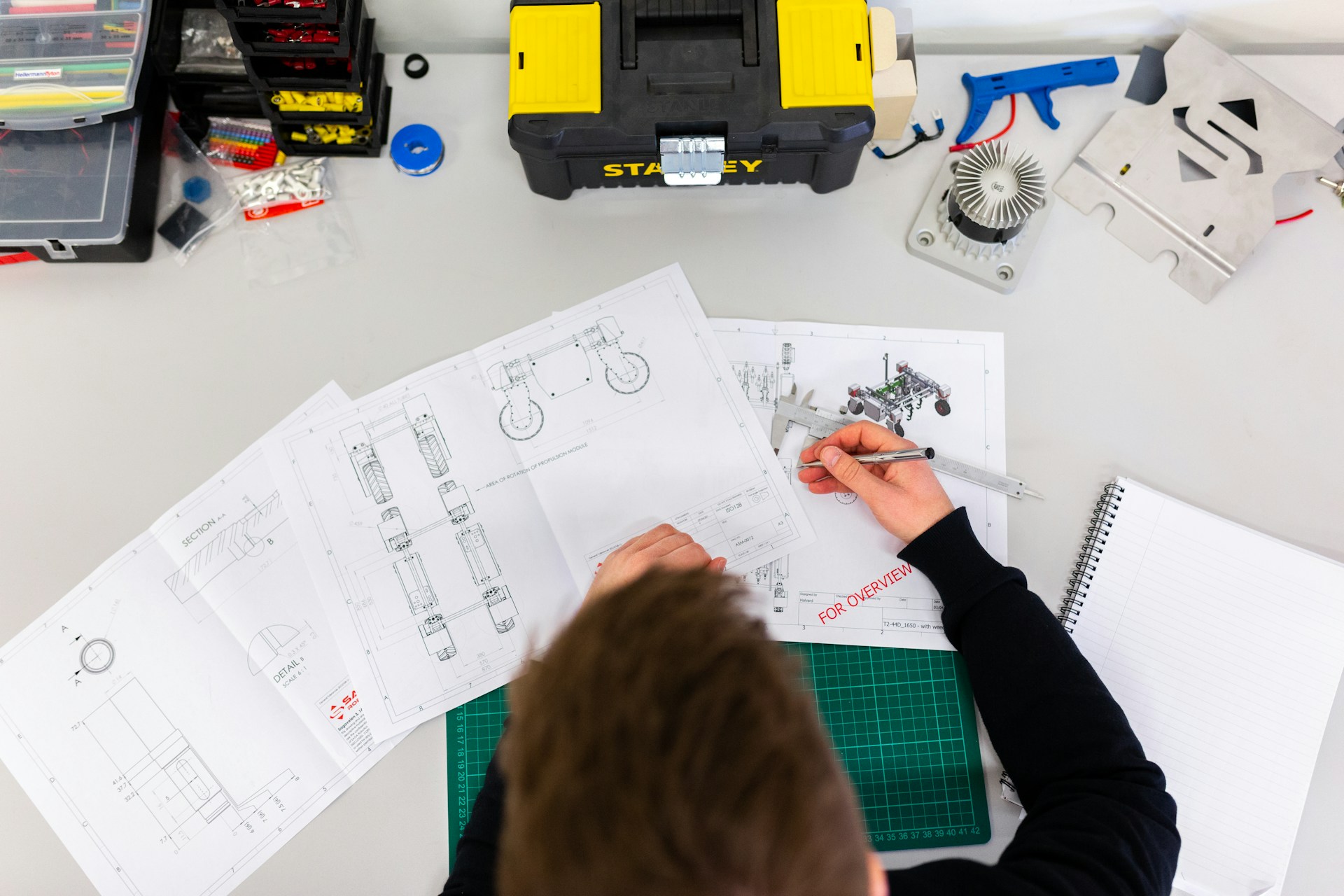
Discover the top 7 Engineering Data Management (EDM) software tools
Choosing the right software and tools for Engineering Data Management (EDM) is crucial for ensuring efficient handling, storage, and utilization of engineering data throughout the project lifecycle. Various software solutions cater to different aspects of EDM, from document management and version control to collaboration and data analysis.
Here’s a rundown of some of the best software and tools available in the market for effective EDM:
Aveva
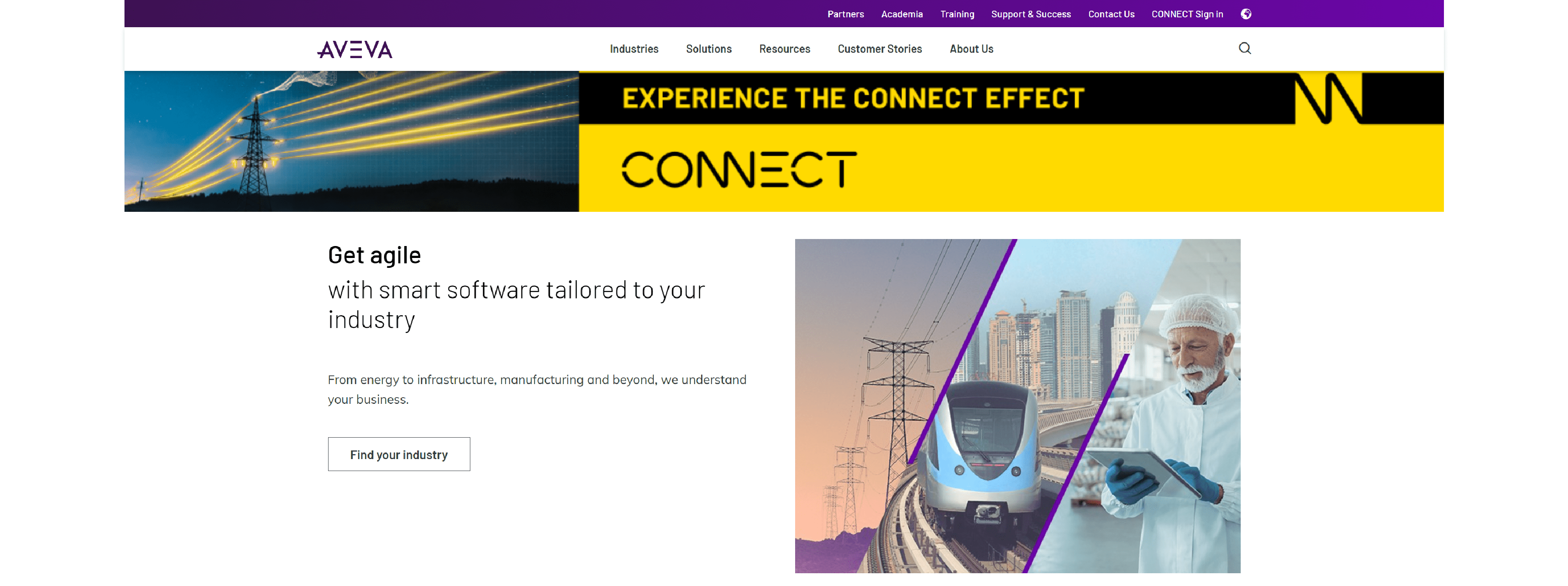
Aveva – help your engineering, maintenance and operations teams collaborate better across the asset life cycle by consolidating your data sources into a single source of truth in the cloud.
- From documents to 3D models, reporting to laser scans, centralizing your data creates the core of a trusted digital twin
- Enable a progressive handover to optimize project sustainability and protect against information loss
- Leverage structured, compliant information standards (CFIHOS, ISO 15926, ISO 14224, etc.)
- AVEVA’s industrial cloud platform enables employees to securely share critical information
Engdm
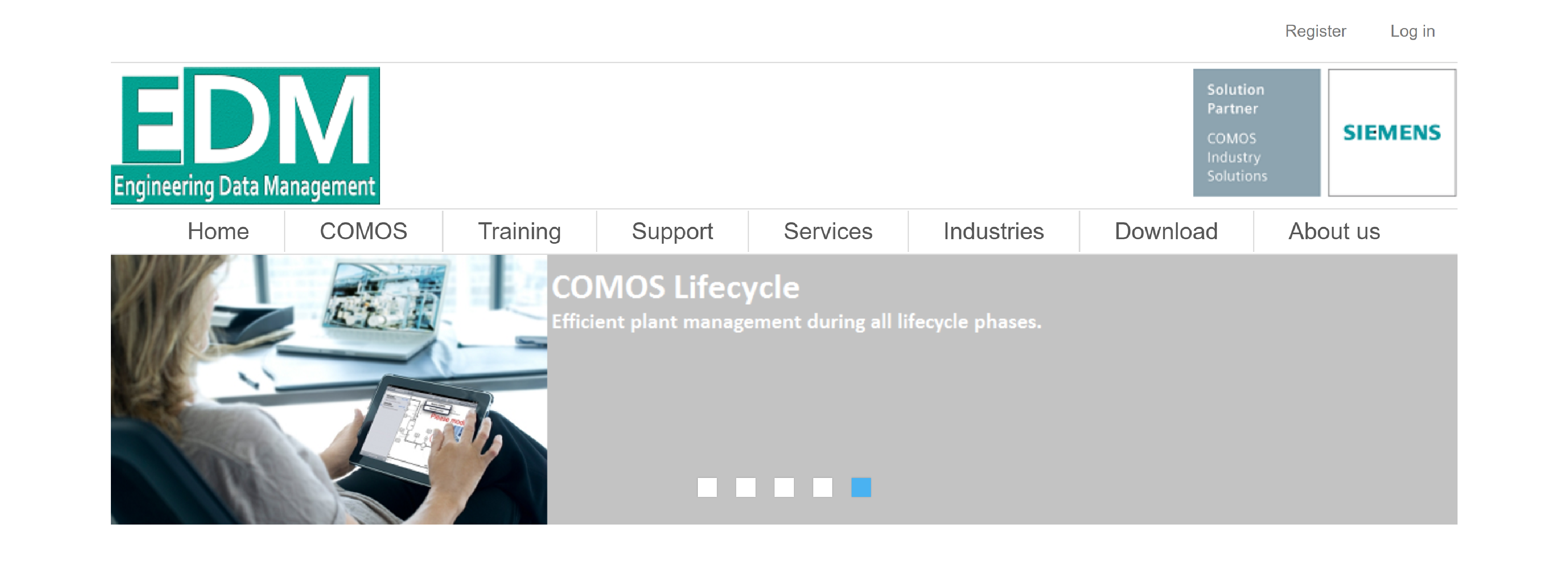
Engdm – software aplication provides the industry with a complete turnkey engineering design package, from process flow diagrams, P&ID’s, electrical schematics, Instrument loop drawings to panel layouts.
- Mapping of the whole plant lifecycle on a single data platform
- Consistency and transparency in data management based on object orientation
- Simplified collaboration among all involved disciplines and departments
- Intuitive and user-friendly handling
- Seamless integration into existing EDP landscapes due to open software architecture
Symestic
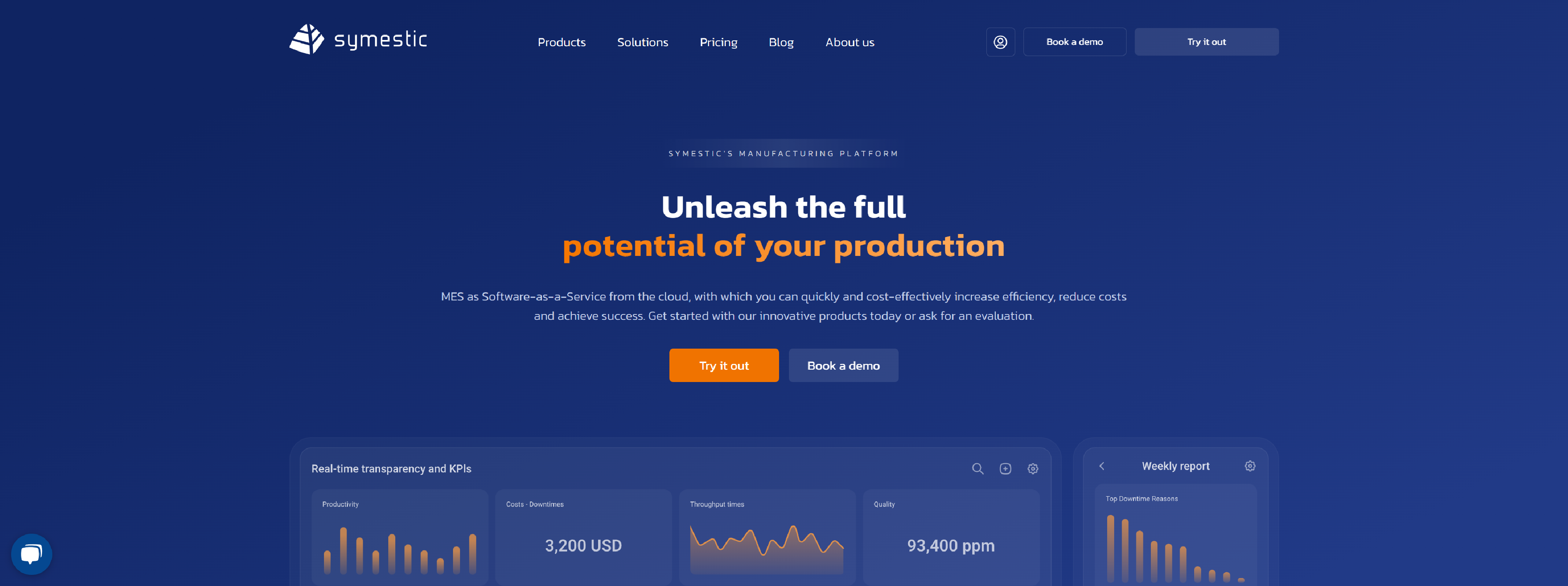
Symestic – Software-as-a-Service from the cloud, with which you can quickly and cost-effectively increase efficiency, reduce costs and achieve success.
- Productivity and digitalization products for rapid success
- Quickly implemented – infinitely scalable!
- Manufacturing platform for the efficient smart factory
Paramcs
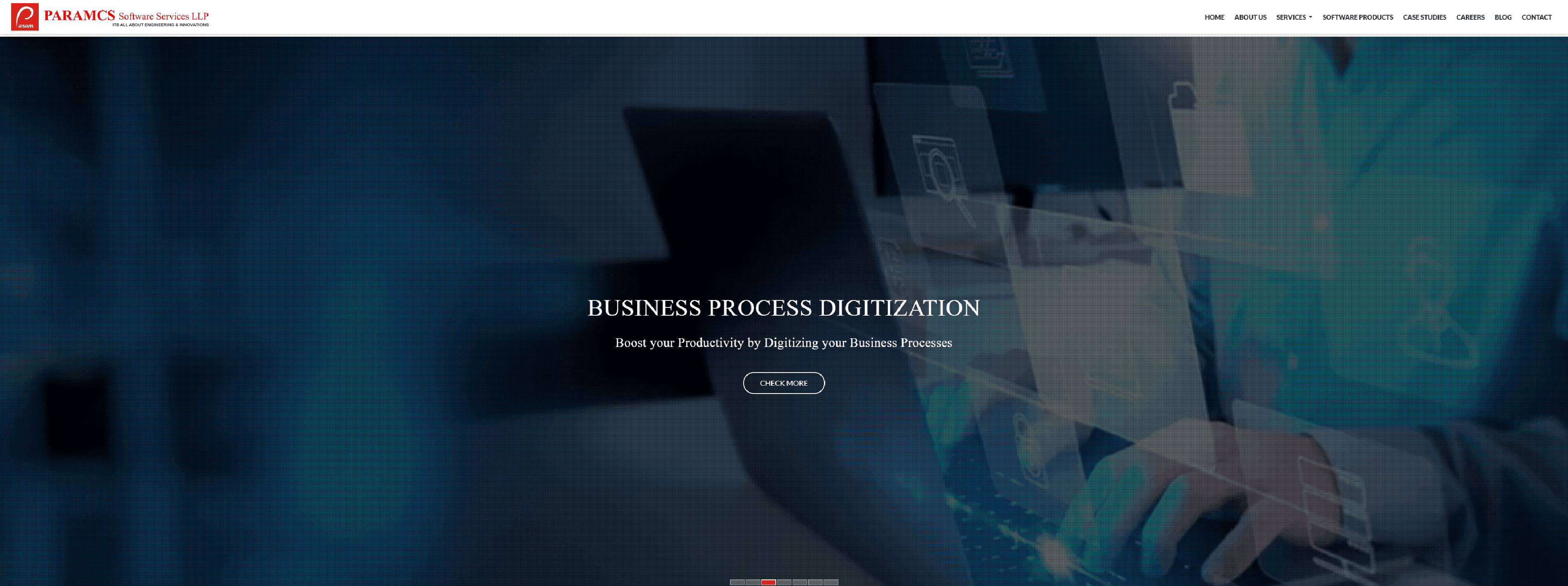
Paramcs – deliver custom software solutions to help our clients stay competitive today and in the future. Our company offers custom software application development solutions for all engineering industries.
- Store and secure all your files
- Prevent duplications and unauthorised copies
- Enforce check out/ check procedures
- Regulate who see what and when
- Edit, set versions and control releases
- Retain / restore previous versions
- Keep histories of changes, check out, distributions
- Retain your existing CAD operating practices
- Supports and manages DWG/DGN x-refs
- Auto-import metadata from DWG attributes
- Print or export customized reports
Ema-eda

Ema-eda – experience the advanced end-to-end electronic system design with the industry leading PCB Design solutions used by engineers worldwide daily.
- Centralized File and Library Management
- Effective Team Collaboration
- Native Real-Time Dashboard
- Automated Revision Control
- On-Premise or Cloud Deployment Options Available
Synergissoftware

Synergis Adept engineering drawing and document management software system gives you fast access to documents & data in a secure, collaborative environment.
- Work together as one, from anywhere
- Find documents fast
- Control versions & revisions
- Automate workflow
- Simplify collaboration
- Empower CAD Users
- Streamline Design Reviews and Feedback from the Field
- Protect intellectual property
- Ensure compliance
- Get data insights
Secoda

Secoda is the all in one, active metadata platform for your data. Consolidate your data catalog, lineage, governance, and observability into a single platform.
- A data catalog that people actually use
- Save time with automated workflows
- Search first, AI powered data discovery
- Never answer the same question twice
- Auto generated data lineage
- No need to choose between data quality and cataloging
The Importance of Engineering Data Management
Engineering Data Management (EDM) is a crucial discipline that involves the systematic organization, storage, and handling of engineering data and documents. Its importance cannot be overstated, as it directly impacts the efficiency, accuracy, and success of engineering projects across various industries, including manufacturing, aerospace, automotive, and construction. Here’s why EDM is vital:
1. Ensuring Data Accuracy and Integrity
Engineering projects rely on precise and accurate data. Inaccuracies in data, such as outdated designs or incorrect specifications, can lead to costly errors, safety issues, and project delays. EDM systems provide centralized storage and version control, ensuring that all team members access the most current and accurate data. This reduces the risk of errors and maintains the integrity of engineering documents.
2. Enhancing Collaboration and Communication
Engineering projects often involve teams of professionals working together from different locations or departments. Effective collaboration is essential for project success. EDM systems facilitate collaboration by providing tools for document sharing, commenting, and real-time updates. These features help ensure that all stakeholders are on the same page, leading to more effective teamwork and quicker resolution of issues.
3. Streamlining Workflow Management
Efficient workflow management is critical for maintaining project timelines and ensuring smooth operations. EDM software supports the automation of workflows related to document review, approval, and revision. By automating these processes, EDM systems reduce manual handling, minimize delays, and ensure that documents follow established procedures, which enhances overall project efficiency.
4. Improving Data Security
Engineering data often includes sensitive or proprietary information that must be protected from unauthorized access. EDM systems offer robust access control features, allowing organizations to define user permissions and manage who can view, edit, or delete documents. This ensures that sensitive data is secure and only accessible to authorized personnel, reducing the risk of data breaches and protecting intellectual property.
5. Facilitating Efficient Data Retrieval
In large engineering projects, finding specific documents or information quickly can be challenging. EDM software provides advanced search capabilities, allowing users to locate documents based on keywords, tags, or metadata. Efficient data retrieval is essential for timely decision-making and supports overall project productivity by making relevant information readily accessible.
6. Supporting Regulatory Compliance
Many industries are subject to stringent regulatory requirements and standards. EDM systems help organizations comply with these regulations by maintaining comprehensive records of document versions, approvals, and changes. The ability to generate audit trails and reports ensures transparency and accountability, making it easier to demonstrate compliance during inspections or audits.
7. Managing Risks and Reducing Errors
Engineering projects are complex and fraught with risks. Errors in data or documentation can lead to costly rework, project delays, or safety issues. EDM systems mitigate these risks by providing accurate records, tracking changes, and offering clear documentation histories. This helps manage potential issues proactively and ensures that all team members are working from the same accurate information, reducing the likelihood of errors.
8. Optimizing Costs and Resources
Effective data management contributes to cost savings and resource optimization. By reducing redundancies, minimizing errors, and streamlining processes, EDM systems help organizations manage project costs more effectively. Automation of routine tasks also frees up resources for more strategic activities, improving overall project profitability and efficiency.
9. Supporting Innovation and Continuous Improvement
Accurate and well-managed data is a foundation for innovation and continuous improvement. EDM systems provide valuable insights through data analysis and reporting tools, allowing organizations to assess performance, identify trends, and make informed decisions. This data-driven approach supports ongoing improvement and innovation in engineering practices.
10. Ensuring Data Backup and Recovery
Engineering projects often span extended periods, making data vulnerability a significant concern. EDM systems include backup and recovery features to protect against data loss due to hardware failures, accidental deletions, or other issues. Regular backups and recovery options ensure that critical data can be restored, minimizing the impact of potential disruptions.
The Engineering Data Management Process
The Engineering Data Management (EDM) process is a structured approach to organizing, controlling, and managing engineering data and documents throughout the lifecycle of a project. This process is essential for ensuring that all project data is accurate, accessible, and secure, ultimately contributing to the success of engineering projects. Here’s an overview of the key steps involved in the EDM process:
1. Data Collection and Capture
Objective: Gather all relevant engineering data and documents from various sources.
- Activities: Collect data from design teams, CAD systems, project specifications, and other sources.
- Tools: Data capture tools, input forms, and scanning devices.
- Considerations: Ensure data is collected in a standardized format to facilitate consistency and integration.
2. Data Organization and Storage
Objective: Store data in a structured and accessible manner.
- Activities: Organize documents and data into a centralized repository. This involves categorizing files, applying metadata, and setting up a logical folder structure.
- Tools: Document management systems, cloud storage solutions, and databases.
- Considerations: Use a consistent naming convention and metadata schema to improve searchability and organization.
3. Version Control and Management
Objective: Track changes and manage document versions to maintain data integrity.
- Activities: Implement version control practices to record changes, updates, and revisions to documents. Ensure that the most current version is always accessible and that previous versions are archived.
- Tools: Version control software, integrated versioning in document management systems.
- Considerations: Ensure clear documentation of changes and reasons for revisions to maintain transparency.
4. Access Control and Security
Objective: Protect data from unauthorized access and ensure its security.
- Activities: Define and enforce access permissions for different users and roles. Implement security measures to protect data from unauthorized access, loss, or corruption.
- Tools: Access control systems, encryption tools, and security protocols.
- Considerations: Regularly review and update access permissions and security measures to address potential vulnerabilities.
5. Data Integration and Interoperability
Objective: Ensure that data from different sources and systems can be integrated and used together.
- Activities: Integrate data from various engineering tools, such as CAD systems, simulation software, and project management applications. Ensure compatibility and seamless data flow between systems.
- Tools: Integration platforms, APIs, and middleware.
- Considerations: Address data format differences and ensure that integration does not compromise data integrity.
6. Workflow Management
Objective: Manage and automate processes related to data handling, review, and approval.
- Activities: Define and implement workflows for document review, approval, and revision. Automate routine tasks to improve efficiency and consistency.
- Tools: Workflow management systems, process automation tools.
- Considerations: Ensure workflows align with organizational procedures and regulatory requirements.
7. Data Retrieval and Search
Objective: Provide efficient methods for retrieving and searching for data.
- Activities: Implement search and retrieval functions that allow users to quickly locate documents and information based on keywords, tags, or metadata.
- Tools: Search engines, indexing systems, and database query tools.
- Considerations: Optimize search algorithms and ensure that metadata is accurately applied to improve search efficiency.
8. Collaboration and Communication
Objective: Facilitate effective collaboration among team members and stakeholders.
- Activities: Provide tools for sharing documents, providing feedback, and collaborating on design and project tasks.
- Tools: Collaboration platforms, comment and annotation tools, communication tools.
- Considerations: Ensure that collaboration tools are integrated with the EDM system to maintain data consistency and accessibility.
9. Data Backup and Recovery
Objective: Protect data from loss and ensure that it can be recovered in case of failure.
- Activities: Implement regular backup procedures and establish recovery protocols to safeguard data against loss or corruption.
- Tools: Backup software, recovery tools, and disaster recovery plans.
- Considerations: Regularly test backup and recovery procedures to ensure they are effective and up-to-date.
10. Reporting and Analysis
Objective: Generate insights and reports based on engineering data.
- Activities: Create reports on project status, document usage, workflow performance, and other relevant metrics. Use data analysis to identify trends and support decision-making.
- Tools: Reporting tools, data analytics software, business intelligence platforms.
- Considerations: Ensure that reports are accurate and relevant to the needs of stakeholders.
11. Compliance and Auditing
Objective: Ensure adherence to regulatory requirements and internal standards.
- Activities: Conduct audits to review data management practices and ensure compliance with industry standards and regulations.
- Tools: Audit trails, compliance checklists, and auditing software.
- Considerations: Regularly review and update compliance procedures to address changes in regulations and industry best practices.
The Engineering Data Management process is a comprehensive framework that encompasses the collection, organization, control, and utilization of engineering data.
Introduction to Engineering Data Management
Engineering Data Management (EDM) is a systematic approach to managing the vast and complex array of data and documents generated throughout the lifecycle of engineering projects. It encompasses the processes and tools used to collect, store, organize, and control engineering information to ensure accuracy, efficiency, and security. EDM is crucial for industries such as manufacturing, aerospace, automotive, and construction, where precise and reliable data is essential for successful project execution.
Purpose and Objectives of Engineering Data Management
The primary goal of EDM is to streamline the handling of engineering data to enhance productivity, improve data quality, and support decision-making. Key objectives of EDM include:
Centralization: Providing a single, unified repository for all engineering data and documents, making it easier to access and manage information.
Accuracy and Integrity: Ensuring that all data is accurate, up-to-date, and consistent across various stages of the project.
Security: Protecting sensitive and proprietary information from unauthorized access or loss.
Efficiency: Streamlining workflows and processes to reduce manual handling, avoid duplication, and improve overall project efficiency.
Compliance: Ensuring adherence to industry standards, regulatory requirements, and internal policies.
Collaboration: Facilitating effective communication and coordination among team members and stakeholders.
Future Trends and Considerations in Engineering Data Management
Engineering Data Management (EDM) is continually evolving to address the growing complexity and demands of modern engineering projects. As technology advances and industries transform, several key trends and considerations are shaping the future of EDM. Understanding these trends is crucial for staying competitive and leveraging the latest innovations in data management. Here’s a look at some of the prominent future trends and considerations:
1. Increased Adoption of Artificial Intelligence and Machine Learning
Trend: Artificial Intelligence (AI) and Machine Learning (ML) are becoming integral to EDM systems. These technologies offer advanced data analysis capabilities, automate routine tasks, and provide predictive insights.
Considerations:
- Automation: AI can automate repetitive tasks such as data entry, error detection, and document classification.
- Predictive Analytics: ML algorithms can analyze historical data to predict potential issues and optimize project outcomes.
- Data Insights: AI-driven analytics can uncover hidden patterns and trends in large datasets, supporting more informed decision-making.
2. Integration with the Internet of Things (IoT)
Trend: The integration of EDM systems with IoT devices is enhancing real-time data collection and monitoring. IoT sensors and devices can provide continuous data streams that are critical for engineering projects, particularly in industries like manufacturing and construction.
Considerations:
- Real-Time Data: IoT integration enables the collection of real-time data from various sensors, improving accuracy and timeliness.
- Data Management: Handling and processing large volumes of data from IoT devices require robust data management systems and infrastructure.
- Security: Increased data flow from IoT devices necessitates enhanced security measures to protect sensitive information.
3. Expansion of Cloud-Based Solutions
Trend: Cloud-based EDM solutions are gaining popularity due to their scalability, flexibility, and cost-effectiveness. Cloud platforms facilitate remote access, collaboration, and integration with other cloud-based tools.
Considerations:
- Scalability: Cloud solutions can easily scale to accommodate growing data volumes and project needs.
- Accessibility: Cloud platforms enable remote access, which is beneficial for distributed teams and global projects.
- Compliance: Organizations must ensure that cloud providers comply with data protection regulations and industry standards.
4. Enhanced Data Security and Privacy Measures
Trend: With the increasing volume of sensitive data, there is a heightened focus on data security and privacy. Regulatory requirements such as GDPR and industry-specific standards are driving the need for robust security measures.
Considerations:
- Encryption: Implement advanced encryption techniques to protect data at rest and during transmission.
- Access Controls: Strengthen access control mechanisms to ensure that only authorized personnel can access sensitive information.
- Compliance: Stay informed about evolving regulations and ensure that data management practices comply with legal requirements.
5. Advanced Data Visualization and Reporting
Trend: Data visualization tools are becoming more sophisticated, offering enhanced capabilities for reporting and analyzing complex data sets. These tools help stakeholders interpret data more effectively and make data-driven decisions.
Considerations:
- Interactive Dashboards: Use interactive dashboards to provide real-time insights and facilitate dynamic data exploration.
- Customizable Reports: Develop customizable reports that meet the specific needs of different stakeholders and project phases.
- User Training: Ensure that users are trained to utilize advanced visualization tools effectively.
6. Increased Use of Blockchain Technology
Trend: Blockchain technology is being explored for its potential to enhance data security, traceability, and integrity in EDM. Blockchain can provide a tamper-proof record of data changes and transactions.
Considerations:
- Data Integrity: Blockchain ensures that data changes are recorded in a secure and immutable ledger, enhancing data integrity.
- Traceability: Use blockchain to track document histories and approvals, providing a transparent audit trail.
- Adoption: Evaluate the feasibility and benefits of blockchain for specific use cases within your data management processes.
7. Growth of Collaborative Platforms and Tools
Trend: Collaborative platforms and tools are evolving to support more integrated and seamless teamwork. These tools facilitate real-time collaboration and document sharing among distributed teams.
Considerations:
- Integration: Ensure that collaborative tools integrate smoothly with existing EDM systems and workflows.
- User Experience: Focus on user-friendly interfaces and features that enhance collaboration and communication.
- Change Management: Manage the transition to new collaborative tools effectively to minimize disruption and maximize adoption.
8. Emphasis on Data Quality and Governance
Trend: As data volumes grow, ensuring data quality and implementing robust data governance practices are becoming increasingly important. High-quality data is essential for accurate analysis and decision-making.
Considerations:
- Data Quality Metrics: Define and monitor metrics to assess data quality, including accuracy, completeness, and consistency.
- Governance Policies: Develop and enforce data governance policies to manage data ownership, stewardship, and lifecycle management.
- Continuous Improvement: Implement processes for regular data quality assessments and improvements.
9. Adoption of Digital Twins
Trend: Digital twins virtual models of physical assets or systems are gaining traction in engineering. They enable real-time simulation and analysis of physical systems, providing valuable insights for decision-making.
Considerations:
- Integration: Integrate digital twin models with EDM systems to enhance data accuracy and simulation capabilities.
- Data Synchronization: Ensure that digital twins are synchronized with real-world data to maintain accuracy.
- Use Cases: Identify specific applications where digital twins can add value, such as in design optimization or predictive maintenance.
10. Focus on Sustainability and Environmental Impact
Trend: There is increasing emphasis on sustainability and reducing the environmental impact of engineering projects. EDM systems are being adapted to support sustainability initiatives and track environmental performance.
Considerations:
- Sustainable Practices: Incorporate features that support tracking and reporting on sustainability metrics and environmental impact.
- Regulatory Compliance: Ensure that data management practices comply with environmental regulations and standards.
- Reporting: Develop reports that highlight sustainability achievements and areas for improvement.
The future of Engineering Data Management is shaped by advancements in technology, evolving industry needs, and increasing data complexity. By staying abreast of these trends and considerations, organizations can leverage new tools and approaches to enhance data management practices, improve project outcomes, and maintain a competitive edge in the engineering field.
Final Thoughts
As engineering projects become increasingly complex and data-intensive, the role of Engineering Data Management becomes more critical. A well-implemented EDM system not only supports the efficient handling of engineering data but also drives strategic advantages in project execution and innovation.
Organizations that prioritize EDM are better positioned to achieve their project goals, enhance operational efficiency, and maintain a competitive edge. By adopting best practices and staying abreast of emerging trends, engineering teams can harness the full potential of their data, foster collaboration, and deliver successful project outcomes.
Engineering Data Management is more than just a technical necessity; it is a strategic asset that underpins the success of modern engineering endeavors. Embracing effective EDM practices will enable organizations to navigate the complexities of today’s engineering landscape and drive future advancements with confidence.
Q&A on Engineering Data Management (EDM) Software
Q1: What is Engineering Data Management (EDM) software?
A1: Engineering Data Management (EDM) software is a tool designed to handle and organize engineering data and documents throughout their lifecycle. It provides functionalities for version control, document management, data security, and collaboration, helping ensure that engineering teams have accurate and up-to-date information.
Q2: What types of documents and data can EDM software manage?
A2: EDM software can manage a wide range of documents and data, including CAD files, technical specifications, design documents, schematics, manuals, reports, and any other files related to engineering projects.
Q3: How does EDM software improve collaboration within engineering teams?
A3: EDM software enhances collaboration by providing features such as real-time document sharing, collaborative editing, comments and annotations, and notification systems to alert team members about updates or changes. This fosters better communication and ensures everyone is on the same page.
Q4: How does EDM software help with regulatory compliance?
A4: EDM software assists with regulatory compliance by maintaining detailed audit trails of document changes, ensuring that documentation processes meet industry standards and regulatory requirements. This can be crucial for industries with stringent compliance needs.
Q5: Can EDM software integrate with other systems?
A5: Yes, many EDM software solutions offer integration with other systems such as Product Lifecycle Management (PLM) systems, Enterprise Resource Planning (ERP) systems, and Computer-Aided Design (CAD) tools. This integration helps streamline workflows and ensures consistent data across platforms.